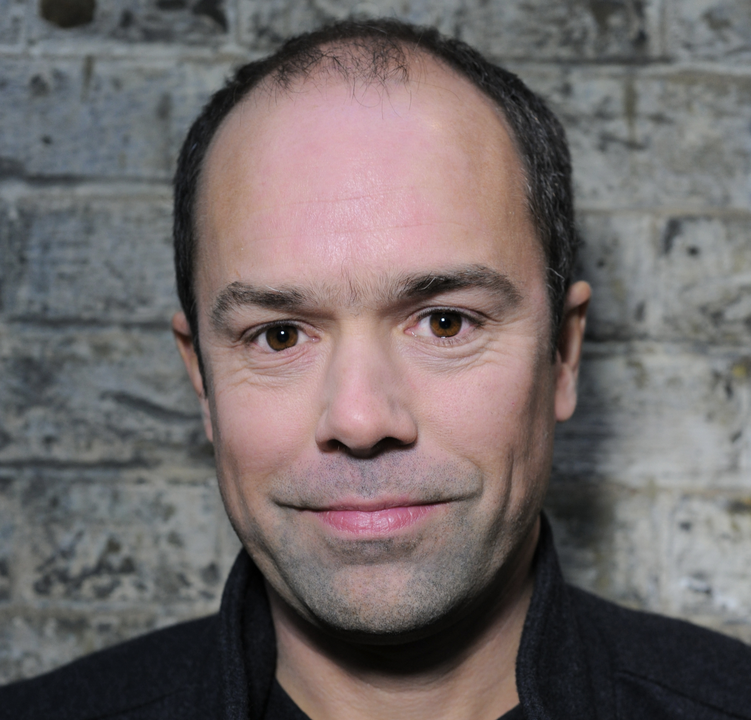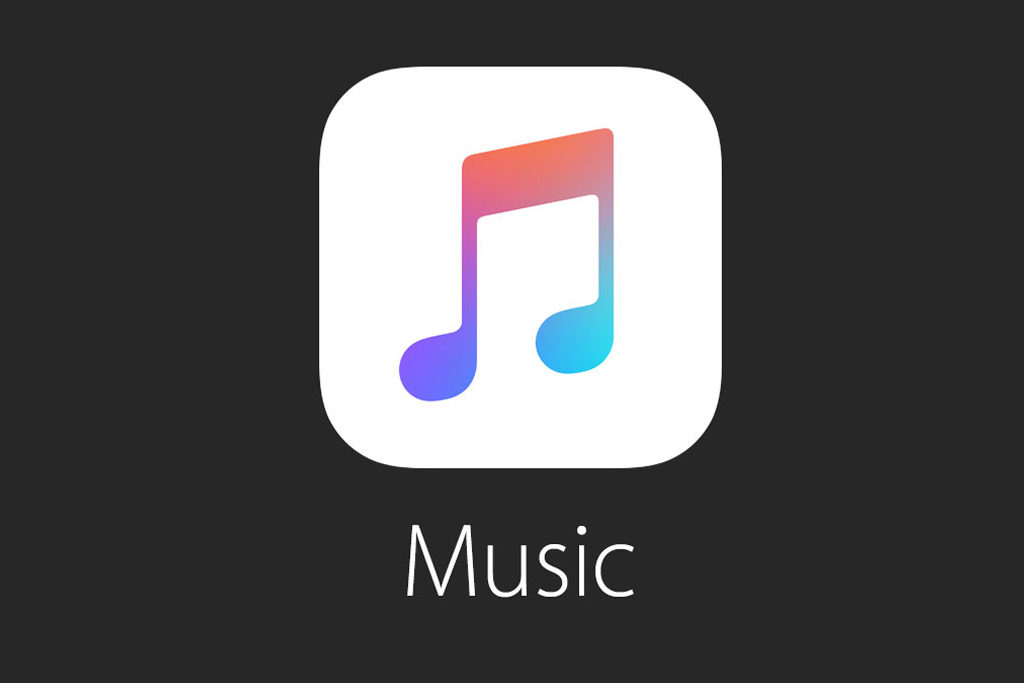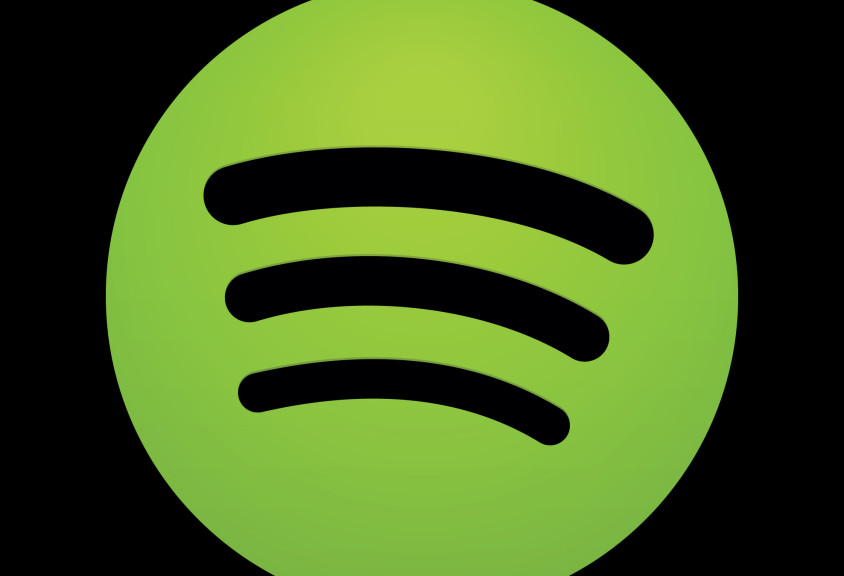 The music business never stops.
The music business never stops.
Just three weeks into 2016, we’ve seen Spotify get sued, Deezer take on €100m in investment, SoundCloud sign a potentially game-changing licensing deal with Universal and the very sad death of a few icons, from David Bowie to Lemmy and The Eagles’ Glenn Frey.
But let’s take a breath for a second.
Believe it or not, this is still very much a ‘new year’, with much more to anticipate coming over the next 11-and-a-bit months.
That’s particularly true, as ever, for independent labels and artists, who are so often at the coalface of the biggest evolutions in the music business.
The Independent Echo asked [PIAS]’s Operations Manager and resident future-gazing analyst James Howdle (pictured inset) what indies should be looking out for in 2016…
 1) The rise and rise of Apple Music
1) The rise and rise of Apple Music
It was exciting for us at [PIAS] to watch the usage on Apple Music move from the free trial to paid subscription last year.
It’s still much smaller in volume terms compared to Spotify: we recently saw an announcement that Apple Music had 10m subscribers – Spotify has comfortably in excess of 20m.
But Apple Music is growing very quickly and for the period Q4 2015 it is already our second largest streaming partner by value at [PIAS]– that’s based on monthly income from all partners including Deezer, Google Play, TIDAL, YouTube and more.
Because of its model of a free 3 month trial followed by a paid subscription (no freemium), all user growth really counts.
 2) Subscription gets competitive
2) Subscription gets competitive
2016 is going to be a very interesting year for subscription streaming, with some big challengers entering the UK and European markets.
We expect to see YouTube Red and SoundCloud subscription launch this year, while Pandora has said that it plans to use its Rdio acquisition for global expansion in 2016.
Spotify is the market leader, while the likes of Google, YouTube and Apple have a lot of money to invest in this market. That will probably mean casualties, just as we saw with Rdio last year.
Although the market will see some consolidation, Spotify is in an excellent position. They have first mover advantage and I still expect them to be the market leader by end of 2016 – although Apple Music will have closed the gap.
“Spotify has been very active in negotiating subscription deals with telecoms providers.”
Spotify have been very active in negotiating subscription deals with various telecoms providers and this has really helped them reach scale in certain markets.
Typically customers who buy their music subscription bundled into a mobile tariff receive a discounted rate compared to the cost of a full subscription, but significantly for the music industry this bundled rate will be a lot higher than the rates which an ad-funded account would generate.
Deezer have also been effective with this sales method and their relationship with Orange France is one of the best examples of the scale of growth that this strategy can achieve.
With the exception of the Australian deal with Telstra, we haven’t yet seen Apple Music use mobile bundle deals to increase market share. What Apple do have is the ability to bundle Apple Music with iPhones and also to promote Apple Music directly to customers in their retail stores.
3) YouTube Red differentiating itself
Of all the new streaming platforms, you have to say that there’s more of an obvious market need for a service like YouTube Red which incorporates video at the core of its proposition than other services which are comparable to Spotify.
In terms of volume consumption, YouTube is the leading streaming service – the frustration for the market, indies as much as anyone, is how we convert that into revenue.
Mobile content could be a really nice opportunity for YouTube, driving discovery through their app, which they’re investing a lot of thought into.
[video_youtube id=”YL9RetC0ook”]
The main challenge for YouTube will be that it has taken them a long time to roll this product out and it’s still only available in the US market. Apple Music is already live with video content in over 100 markets and Spotify also appear to be testing video content.
So the addition of video content to a subscription streaming service is less of a USP in 2016 than it was in 2014 when YouTube first started testing their product.
We see very limited monetisation from SoundCloud right now, so that’s more of a promotional tool.
Managing user-generated content is quite challenging, even with a subscription service layered on top. I’m naturally wary of that.
 4) CD and Vinyl stable – but what about downloads?
4) CD and Vinyl stable – but what about downloads?
From a [PIAS] perspective, even when we take the Adele factor out of the equation in the UK last year, we saw just a slight decline in CD and a slight increase in vinyl.
There was no hugely significant movement in physical, which is a very encouraging sign. As streaming grows, it seems that CD’s decline is softening.
The big format question for the business this year is how to manage to offset the inevitable further decline in downloads.
We saw a predictable decline in download revenue after Apple Music launched last June, but it’s fair to say that the summer is a quiet release period, with not a lot of frontline activity.
Interestingly, in Q4 we actually saw our download revenues rise up a little bit.
That’s a good sign for us, especially with significant revenues now coming through from streaming – with Apple Music income higher than expectations.
 5) Keep an eye out for China, Japan and Russia
5) Keep an eye out for China, Japan and Russia
I’ve talked a lot about Apple Music here, but one of the most exciting things is to see where the service has been launched.
Apple has introduced its platform to markets including China, which has huge potential. We’re not seeing any significant revenues yet, with Apple Music still in the trial phase.
But with over 1.3bn people living in China and a very low revenue-per-user figure at the moment, optimism is high for growth in 2016.
Russia and Japan both stand out to me as they’re places Spotify hasn’t yet launched, and are both significant music markets.
We’ve seen really good uptake on Apple Music in Japan and Russia – and when you look at the proportion of revenues generated by downloads on iTunes vs. streaming in these markets, they’re at around 50/50.
That’s a lot higher than some of the European territories.
There seems to be a real pent-up demand for streaming services in these territories.
We hope to see other services launch there in order to help meet that demand – as ever, the more people we see competing, the better for market dynamics.